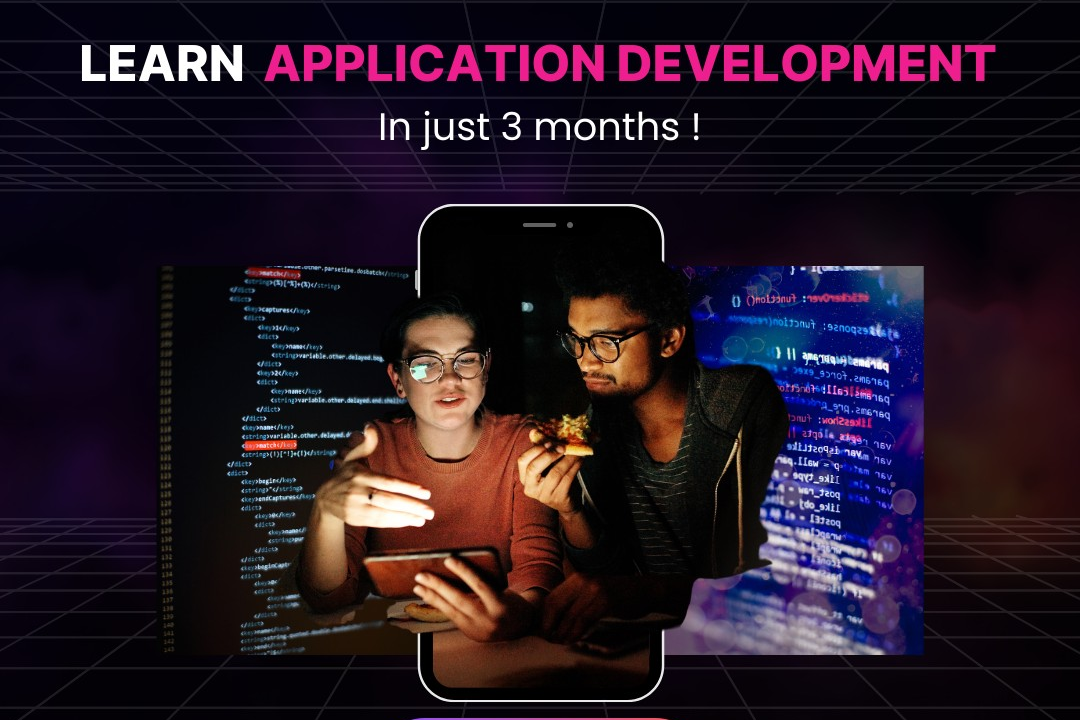iOS Programming and Design Trends
Latest Trends in iOS Programming and Design
iOS Programming and Design Trends
iOS programming and design have evolved significantly, focusing on user experience, accessibility, and seamless integration across Apple devices. Developers predominantly use Swift, Apple's modern programming language, which enhances safety and performance while enabling expressive coding. The adoption of the SwiftUI framework has revolutionized UI design, allowing for declarative syntax and real-time previews, leading to more efficient development processes. Design trends emphasize minimalism, using ample whitespace, flat design, and intuitive navigation to create a visually appealing experience. Additionally, the emphasis on dark mode, dynamic type, and accessibility features reflects a commitment to inclusivity. Overall, iOS development is characterized by a robust ecosystem of tools and resources aimed at creating high-quality, responsive applications that meet user needs in an increasingly competitive market.
To Download Our Brochure: https://www.justacademy.co/download-brochure-for-free
Message us for more information: +91 9987184296
1 - Swift Programming Language: Emphasizing Swift, Apple's modern programming language, which is preferred for iOS app development. Its syntax is clear and concise, making it accessible for beginners.
2) Human Interface Guidelines: Understanding Apple's Human Interface Guidelines (HIG) for design consistency across apps. This helps students create intuitive user experiences that align with iOS standards.
3) UIKit and SwiftUI: Exploring UIKit for traditional UI development and SwiftUI for declarative UI programming. SwiftUI is gaining traction for its simplicity and live previews.
4) Responsive Design: Teaching students about adaptive layouts and responsiveness to accommodate various screen sizes, including iPhones and iPads, to enhance app usability across devices.
5) MVVM Architecture: Introducing students to the Model View ViewModel (MVVM) design pattern that simplifies data management and UI updates. This is becoming increasingly popular in iOS app architecture.
6) Dark Mode Support: Discussing the importance of implementing dark mode in applications, allowing users to choose a visual appearance that reduces eye strain and enhances user experience.
7) Accessibility Features: Emphasizing the inclusion of accessibility features in app design, ensuring apps are usable by all, including those with disabilities. Understanding VoiceOver, haptic feedback, and other features is essential.
8) Agile Development Methodologies: Teaching the principles of Agile project management to ensure that students can work effectively in teams, focus on iterative development, and adapt to changes.
9) Cloud Integration: Exploring how to integrate cloud services (like Firebase) for data storage, authentication, and real time features, which are crucial for modern app functionalities.
10) App Monetization Strategies: Introducing various monetization models such as in app purchases, subscriptions, and ads, giving students a fundamental understanding of how to monetize their apps effectively.
11) Local and Remote Notifications: Teaching about implementing notifications to engage users, including the differences between local and push notifications, and best practices for usage.
12) Testing and Debugging Skills: Highlighting tools and methodologies for testing, including XCTest for unit tests and UI tests, and strategies for debugging effectively within Xcode.
13) Version Control with Git: Providing guidance on using Git for version control, which is essential for collaborative work and maintaining code history.
14) App Store Guidelines and Submission Process: Discussing the App Store review process, guidelines for app submission, and the importance of adhering to Apple’s rules for successful app deployment.
15) ARKit and Core ML: Introducing advanced technologies such as Augmented Reality (using ARKit) and Core ML for machine learning, to prepare students for cutting edge development opportunities.
16) Build Community & Collaboration: Encouraging participation in iOS developer communities, open source projects, and coding forums, facilitating a learning environment beyond the classroom.
This training program would provide a well rounded foundation in iOS programming and design, preparing students for successful careers in iOS development.
Browse our course links : https://www.justacademy.co/all-courses
To Join our FREE DEMO Session: Click Here
Contact Us for more info:
Java For Personal Finance Applications
Understanding Mobile App User Behavior
Building A Sustainable IOS Development Career
Software testing courses in detail
tableau developer course











